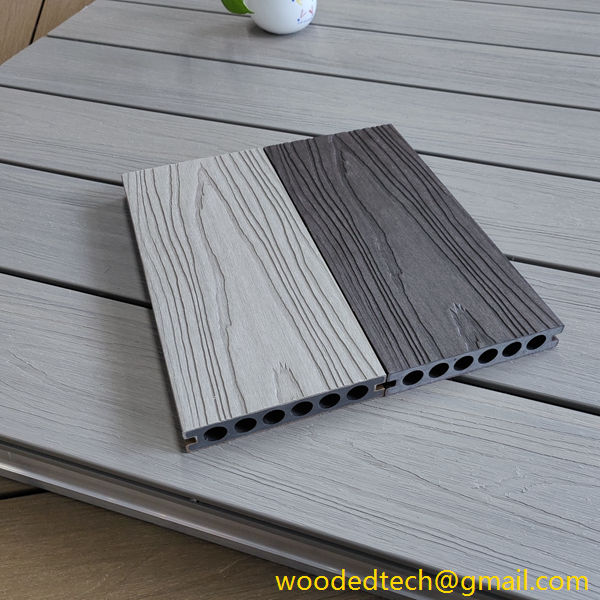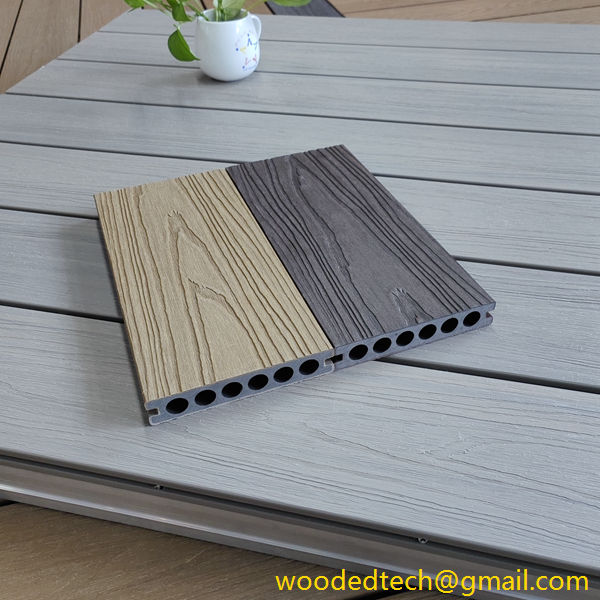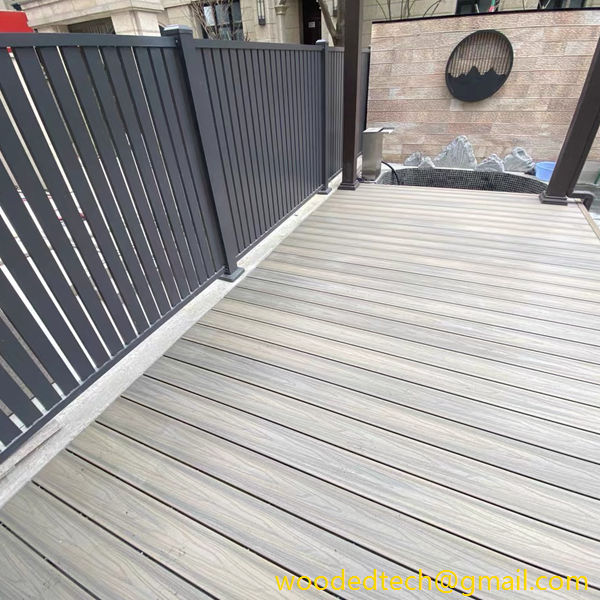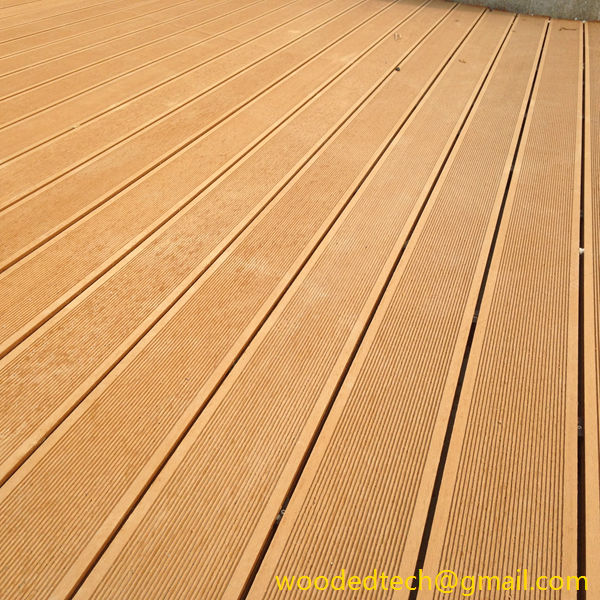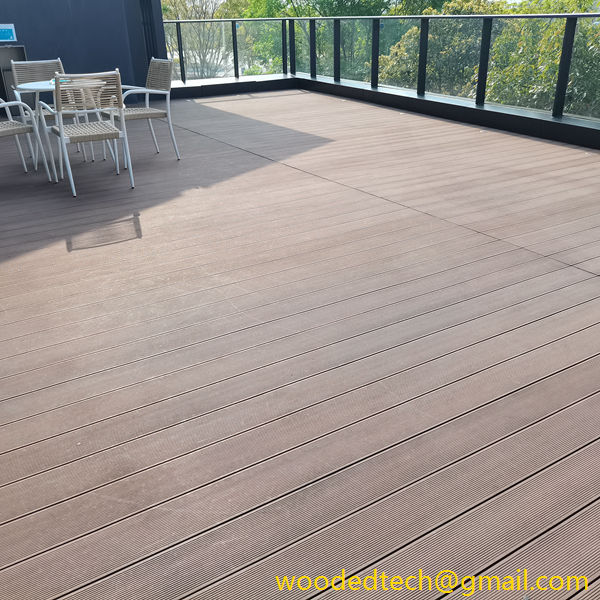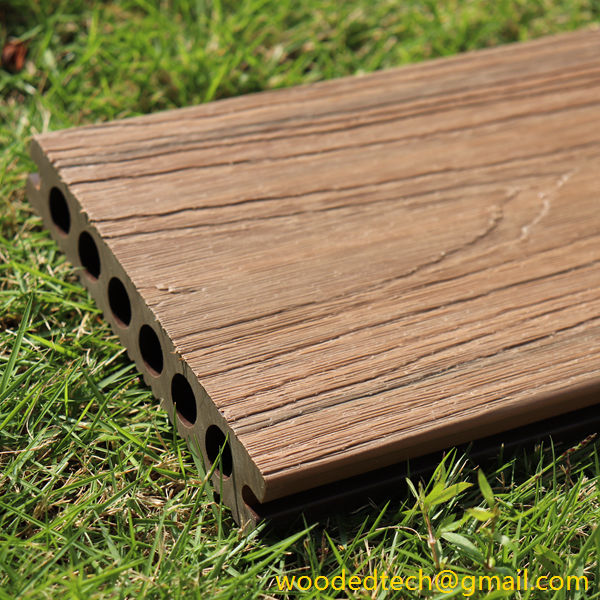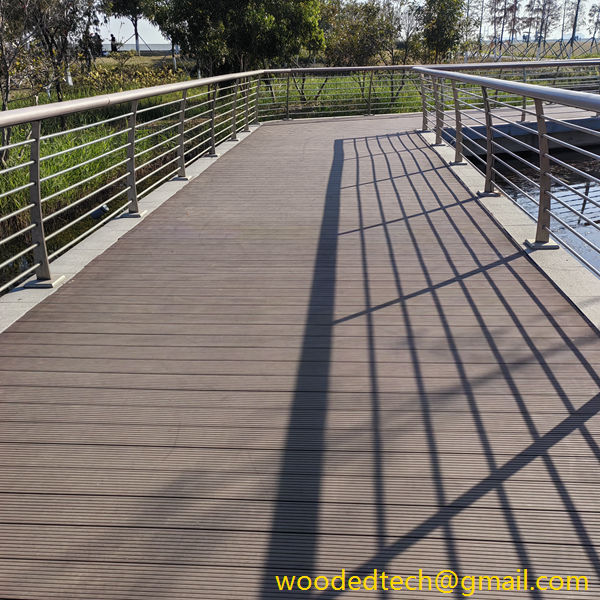Understanding Is Composite Decking Slippery for Safety Considerations
Understanding Is Composite Decking Slippery for Safety Considerations When considering outdoor spaces, homeowners often seek materials that combine aesthetics with safety and durability. One popular choice in recent years has been composite decking. While the visual appeal of composite decking is significant, potential buyers must also address safety considerations, particularly regarding its slip resistance. This…
Understanding Is Composite Decking Slippery for Safety Considerations
When considering outdoor spaces, homeowners often seek materials that combine aesthetics with safety and durability. One popular choice in recent years has been composite decking. While the visual appeal of composite decking is significant, potential buyers must also address safety considerations, particularly regarding its slip resistance. This article aims to provide a comprehensive understanding of whether composite decking is slippery and how this impacts safety for various outdoor activities.
Composite decking is made from a blend of wood fibers and plastic polymers. This combination results in a material that mimics the appearance of natural wood while offering enhanced durability and resistance to weather elements. One of the main advantages of composite decking is its low maintenance requirements compared to traditional wood decking. However, the question remains: Is composite decking slippery?
To determine whether composite decking is slippery, it is essential to understand the factors contributing to slip resistance. These factors include the surface texture, moisture levels, and the presence of contaminants such as algae, leaves, or spills. The texture of the composite decking surface plays a crucial role in its slip resistance. Many manufacturers design their products with a textured surface to enhance grip and reduce the likelihood of slipping. This texture can vary significantly among different brands and product lines, so it is essential to research and compare options before making a purchase.
Moreover, the moisture level on the surface of the decking can significantly influence its slipperiness. Composite decking can become slippery when wet, particularly if it has a smooth surface. Rain, morning dew, or spills can create a hazardous situation, especially for children or elderly individuals who may be more prone to falls. Therefore, maintaining a clean and dry surface is vital for enhancing safety. Regular cleaning and proper drainage can minimize the risk of slipperiness.
Another critical aspect to consider is the potential for organic growth on the decking surface. In damp or shaded areas, mold, algae, and mildew can develop, making the surface even more slippery. Homeowners should regularly inspect their composite decking and take proactive steps to clean and maintain it to prevent such growth. Utilizing cleaning products specifically designed for composite materials can help effectively remove any organic contaminants while preserving the integrity of the decking.
When evaluating composite decking for safety, it is also beneficial to look for products that have been tested for slip resistance. Manufacturers often provide slip rating information, which can help consumers make informed decisions. The American Society for Testing and Materials (ASTM) has established standards for measuring slip resistance, such as the ASTM D2047 test. Decking products that meet or exceed these standards are generally considered safer for outdoor use.
In addition to the inherent properties of the decking material, the design and layout of the outdoor space can impact safety. For example, if the decking is installed around a pool area, the likelihood of water splashing onto the surface increases, which can lead to slippery conditions. To mitigate this risk, homeowners can consider incorporating non-slip mats or rugs in high-traffic areas, especially around water features.
Furthermore, choosing the right color and finish for composite decking can also play a role in safety. Darker colors tend to absorb heat and can lead to a hotter surface, which may cause discomfort during barefoot walking. Conversely, lighter-colored decking may remain cooler but could show dirt and debris more easily. Homeowners should weigh these factors and select a color that not only enhances the aesthetic appeal of their outdoor space but also aligns with their safety considerations.
Another important consideration is the installation process. Proper installation of composite decking can significantly affect its performance and safety. Homeowners should ensure that the deck is constructed with adequate drainage to prevent water accumulation. Additionally, ensuring that the boards are properly spaced can help with airflow and drying, reducing moisture retention on the surface. If homeowners are not comfortable with DIY installation, hiring a professional can ensure that the decking is installed correctly and safely.
In conclusion, while composite decking offers many advantages, including low maintenance and aesthetic appeal, it is essential to consider its slip resistance for safety reasons. Factors such as surface texture, moisture levels, organic growth, and proper installation all contribute to the overall safety of composite decking. By researching products, maintaining cleanliness, and following safety guidelines, homeowners can create a beautiful outdoor space that minimizes the risk of slips and falls. Ultimately, the right composite decking can provide a safe and enjoyable environment for family and friends to gather and enjoy the outdoors.

